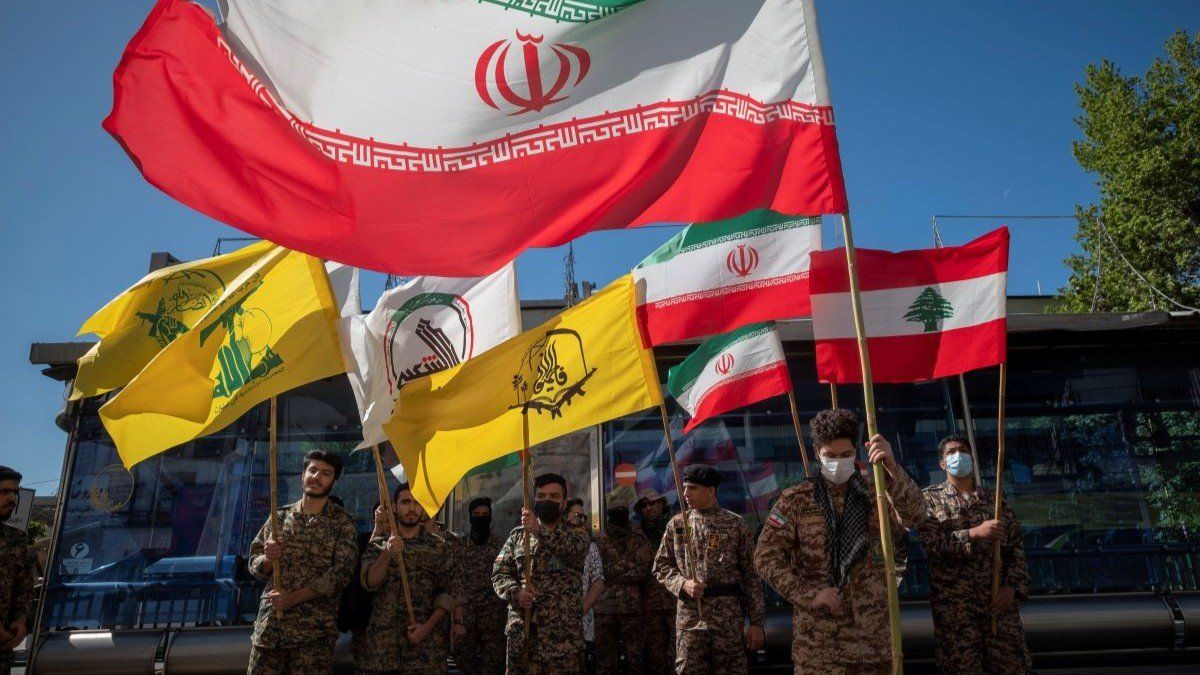As the world reacted to Israel and the US bombing Iran’s nuclear facilities last week, one group was largely silent – Iran’s network of allied militias in the Middle East.
Since the 1980s, Tehran has cultivated what it calls an “Axis of Resistance” – a network of groups closely aligned with its agenda, encompassing Hezbollah in Lebanon, Hamas in Palestine, the Popular Mobilization Forces in Iraq, and the Houthis in Yemen.
In a sharp contrast to the weeks after October 7th, when Hezbollah and the Houthis launched missiles at Israel in solidarity with Hamas and the Palestinian people, this time around, the militias have not joined the fray.
Hezbollah reportedly has no plans to strike Israel right now. Hamas and the Houthis have done nothing despite vowing to respond against “Zionist-American aggression.”
The relative silence this time around reflects in part how much weaker some of these groups are. Hezbollah and Hamas in particular have been decimated by Israel over the past year and a half. But it also reflects Iran’s overall diminished position in the region. Last December, Iran suffered another blow with the demise of the closely-allied Assad regime in Syria.
So where does Iran’s 'Axis of Resistance' stand today? Is this relative silence temporary or permanent? And how might all of this affect a region where Iran has until recently been a major strategic player?
To find out, we asked two experts, with somewhat clashing views. Lina Khatib, a visiting scholar at Harvard Kennedy School’s Middle East Initiative, and Renad Mansour, a senior research fellow and project director of the Iraq Initiative at Chatham House. Their responses have been lightly edited for clarity and concision.
GZERO: Are we witnessing the end of Iran’s “Axis of Resistance”?
Khatib: “The whole model of Iran's presence in the region has permanently changed…the Axis of Resistance, as Iran calls it, has crumbled in terms of it being a network. What we are left with are the individual groups, each struggling for survival in the country in which it operates…Iran is now fighting Israel and the United States on its own, its proxies are unable and unwilling to help it.”
Mansour: “For the time being, Iran is overstretched and looking to survive right now internally…but the connectivity will continue to be there to some extent…what remains of the axis has transitioned into more of a horizontal, non-hierarchical network – where Iran is still important – but the different groups have also begun to take on leadership roles.”
GZERO: With Iran’s decades-long dominance now diminished, how will the balance of power shift in the Middle East?
Khatib: “What we will see is an increased importance for the Gulf countries in the Arab world, in terms of being the heart of power in the Middle East, influencing where the rest of the region will head.”
Mansour: “It's hard to see whether there will be a hegemonic force…what we're looking at moving forward is a fragmented Middle East where you have multi-alignment, where you have different sides working with each other…based on different issues, where you don't really have clear spheres of influence.”
GZERO: What does this mean for regional stability moving forward?
Khatib: “Without Iran and its proxies, there will be less sectarian tension in the region and a greater possibility for cross-country cooperation in the Middle East, and therefore increased stability…[though this still] depends on whether Israel agrees to restart the peace process regarding Israel Palestine.”
Mansour: “There's so much unexpected, so much more violence that will happen before this comes to an end…[when] the US had overwhelming force and they went to war against Iraq or Afghanistan, would they have thought that this would actually facilitate the rise of their big enemy, Iran?”
